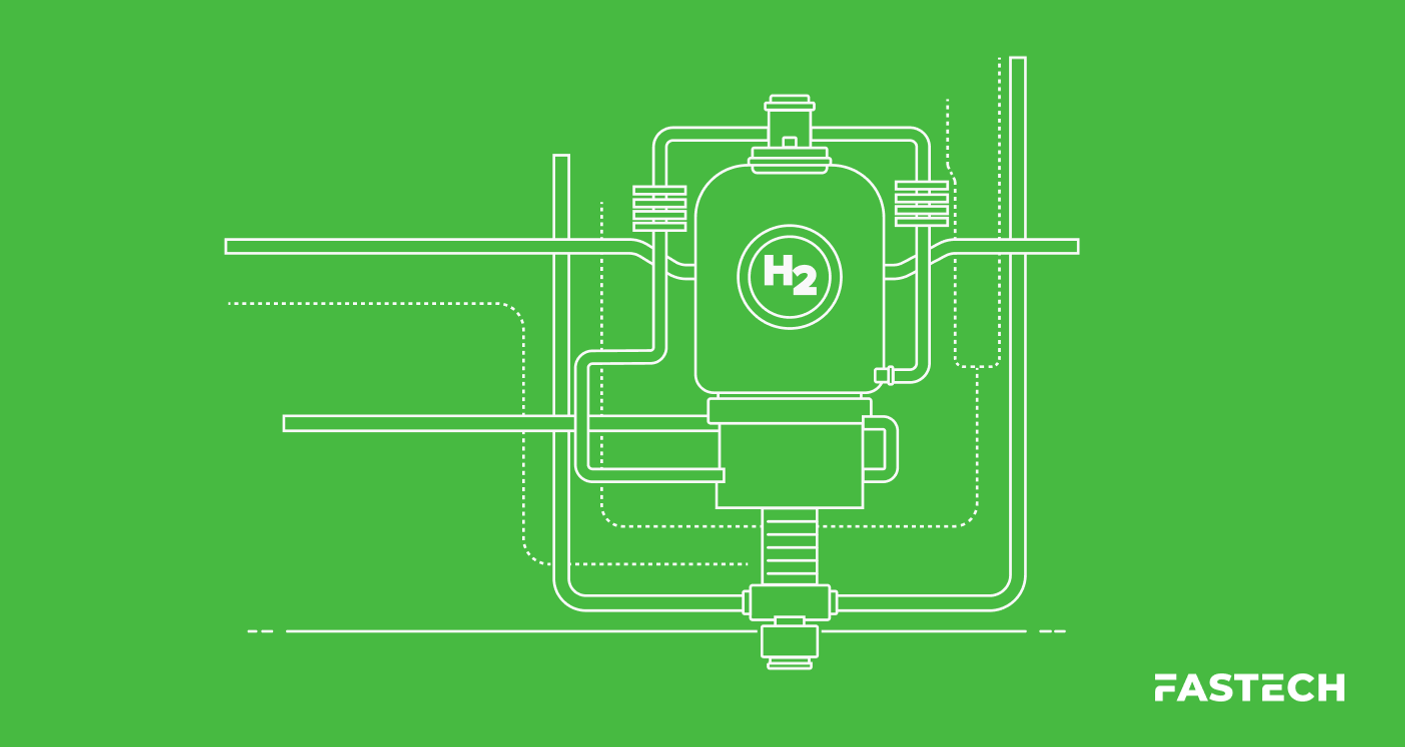Hydrogen Economy Boosted by France’s Estimated $92B Reserve of ‘White Gold’

The global hydrogen economy is close to seeing another supply line added to the mix—but its implications could reach much farther than its estimated value.
Early figures vary on the exact size of France’s new gold hydrogen discovery, ranging from dozens to hundreds of millions of tons. For reference, global hydrogen demand was 97 million tonnes and trending upward in 2023.
Wherever the figure falls, the natural hydrogen reserve is expected to be the largest discovered to date; a huge development in terms of volume and our understanding of geologic science.
From an economic standpoint, its real impact depends on what can be extracted and how it gets used.
Understanding the Modern Hydrogen Economy
The term “hydrogen economy” was coined to describe an energy system where hydrogen is a mainstream utility for production, storage, and end use across industries. Simply put, it’s a framework to make hydrogen a cornerstone fuel source alongside other renewables and traditional fossil fuels.
Hydrogen is most commonly used for industrial processes—but automotive, infrastructural, and technological developments are gradually unlocking its full potential.
Molecular hydrogen (H2) has a number of unique benefits that warrant investment in its economy, including:
- Supplying high energy density and storage longevity
- Supporting decarbonization where electrification is unfeasible
- Emitting few to no harmful emissions when used as a fuel source, depending on the use case
Today, most commercial hydrogen is derived from fossil fuels without using carbon capture equipment (gray), driving interest in cleaner sources (blue, green, gold).
As hydrogen costs fall and public policies mature, hydrogen has been increasingly poised for exponential growth.
Inside France’s $92B Hydrogen Discovery
Researchers identified a large geologic hydrogen resource in the Lorraine basin of Moselle. Early reporting cites a potential resource of 46 million tonnes—valued at around $92 billion at today’s market assumptions.
These figures are still preliminary and pending further probing for more precise measurements.
Lorraine’s Unique GeologyNatural hydrogen can form through several processes, but the highest-yielding comes from interactions between water and iron-laden minerals (serpentinization).
Evidence in Lorraine points to a deep underground source that’s migrated upward over time, with early analysis suggesting higher hydrogen concentrations at greater depths.
What Happens Next?Geoscientists plan to drill a deep test well to more accurately measure volume, purity, and natural flow rate. France’s energy authorities commissioned a strategic report to guide responsible exploration and next steps.
Potential Economic and Industrial Impacts
France was laying the groundwork for a stronger hydrogen economy long before the Lorraine discovery. The scale of the reservoir alone has already drawn academic and private interest.
If a portion of the resource is technically and economically recoverable, France’s share of the European supply chain could grow substantially.
Increased availability could further drive down prices and quicken industrial switching in steel, chemicals, and heavy transport.
Now, the nation is building a framework for natural hydrogen exploration that emphasizes responsible appraisal and energy security benefits. The French Institute of Petroleum (IFPEM) has already submitted a strategic report outlining scientific priorities and policy options for licensing and safeguards.
The EU has established regulations for hydrogen under its Renewable Energy Directive. These rules shape certification, incentives, and contracts—paving a clear path for French access to the international market.
Infrastructure Readiness and Logistics
New supply only counts when it reaches users safely and affordably. That requires specialized infrastructure for compression, storage, and transport:
- Pipelines are most efficient for large, steady volumes over land and can often repurpose or join parts of the gas grid where materials allow. Hydrogen-ready or converted pipelines are advancing across Europe.
- Trucking moves compressed gas via tube trailers and liquid hydrogen by cryogenic tankers for smaller, more flexible deliveries. This strategy is common during early market build-out and remains crucial for last-leg deliveries.
- Shipping can enable longer-distance trade but adds boil-off losses.
- Chemical carriers (e.g., ammonia, ethanol) have expanded storage and transport capabilities by storing hydrogen in chemical compounds, with the drawback of conversion losses.
Regional OpportunityNear the Lorraine basin, the MosaHYc project is converting 70–90 km of existing pipelines into a cross-border hydrogen corridor between France and Germany. Local grid links like this can shorten the time to first delivery once supply is proven.
Challenges and Unknowns
Natural hydrogen is promising but unproven at scale. Subsurface estimates carry uncertainty until deeper wells deliver more data. Even with positive results, projects must clear permitting, environmental review, and community engagement. France’s policy work aims to set those guardrails early.
Clarifying the Risk Picture.
- Technical risk: Flow sustainability, reservoir accessibility, and gas purity.
- Regulatory risk: Pace of licensing and clarity on royalties and environmental safeguards.
- Market risk: Price competitiveness versus other low-carbon hydrogen.
- Environmental risk: Operations must be clean and energy efficient to avoid undercutting the ecological benefits. Subsurface operations should first perform baseline studies to inform leakage tracking and protect groundwater.
What This Means for the Global Hydrogen Economy
In the near term, France’s discovery raises confidence and could raise global interest in exploring natural hydrogen sources. There’s still a long way to go before the market gets flooded with French “white gold.” Appraisal and development alone can take years.
In the long term, another viable European resource could diversify supply, increase investment activity, and add pressure for other players to lower pricing. Industrial users will probably be the first to benefit due to their existing hydrogen infrastructure.
Global Context and ComparablesExploration for natural hydrogen is underway in the United States, Australia, and parts of Africa. In parallel, the EU and its member countries are building international hydrogen infrastructure to connect production to demand with clean hydrogen corridors.
If natural hydrogen proves itself at a commercial scale, it could sharply bend cost curves by adding a new, zero-emission supply option alongside electrolysis.
Clean Hydrogen for Your Operational and Sustainability Goals
France’s discovery and gold hydrogen as a whole only scratches the surface of the element’s recent acclaim. Hydrogen is fast becoming the energy industry disruptor needed to power heavy-duty projects without heavy emissions.
FASTECH is an energy solutions provider with a proven portfolio of EPC+M for hydrogen fueling and its supporting infrastructure. Our team stays on the leading edge of energy policy trends to connect client goals with clean results. Connect with us today to discuss your site plan.




